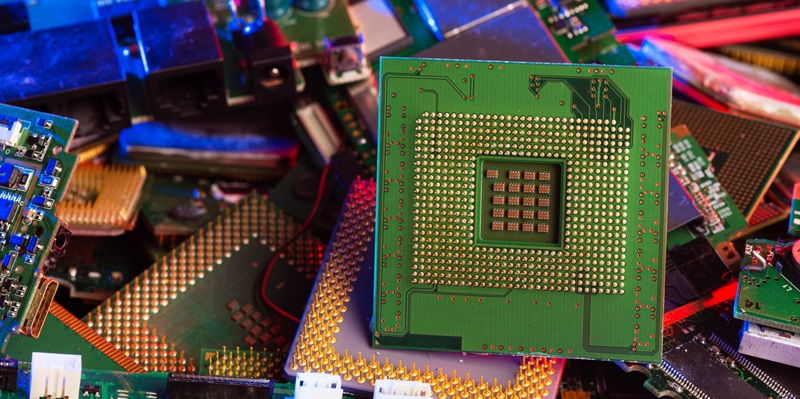Intel is making a resilient comeback in the data center CPU arena with a promise of innovation and performance enhancement. To combat the fierce competition from AMD and its successful Epyc processors, Intel has laid out an aggressive roadmap that showcases a new strategy characterized by the deployment of advanced technologies and ambitious goals. The announcement of “five nodes in four years” sets the pace for a transformative journey in the semiconductor landscape.
The strategy begins with a unified and sophisticated CPU design set to launch in 2024. The pioneering product of this technological renaissance is Sierra Forest, a first-generation Xeon CPU. With an impressive 144 cores, it’s fabricated using Intel’s 3 process, which represents a significant leap forward in the company’s manufacturing prowess. Sierra Forest isn’t just about core count; it’s the embodiment of Intel’s commitment to refining the data center CPU market with cutting-edge innovations.
Advancing with 3D-Stacking Technology
Intel is not resting on its laurels with the introduction of Sierra Forest. The tech giant is set to further revolutionize CPU design with its 288-core Clearwater Forest CPU, leveraging the cutting-edge 3D-stacking Foveros Direct technology. Planned for a 2025 launch, this CPU aims to catapult Intel ahead in the data center market, currently energized by AMD’s advancements.
Built on the highly sophisticated Intel 18A process, Clearwater Forest is a bold move against AMD’s anticipated Zen 5-based Epyc processors. Intel is melding its newest Foveros Direct technology with proven predecessors, like Foveros Omni and EMIB, to craft a CPU that offers high-speed interconnections and low resistance via copper-to-copper bonding. This innovative CPU could mark a pivotal moment for Intel to reassert its market dominance amidst the rapidly evolving CPU landscape, and alongside Sierra Forest, steer the company back to the forefront of the industry.

